 Bookivore is always looking for ways to help her children enjoy foods that are real; i.e. not shaped into a nugget first and then fried into oblivion. The children, naturally, resist. But this book, this book just might give them the nudge they need to start seeing food as, well food, rather than spending whole meals accusing me of trying to kill them with vegetables.
Bookivore is always looking for ways to help her children enjoy foods that are real; i.e. not shaped into a nugget first and then fried into oblivion. The children, naturally, resist. But this book, this book just might give them the nudge they need to start seeing food as, well food, rather than spending whole meals accusing me of trying to kill them with vegetables.The Silver Spoon for Children is delightful. It's loaded with luscious recipes and even more loaded with cooking technique -- how to chop, dice, slice, whip....it even gives a little background on Italian cooking.
 While the dishes are photographed, the instructions are all meticulously illustrated. They made me think of the kind of field guides you'd find in a nature book. They're child-friendly without being patronizing. You feel like you're reading a 'real' cookbook, and you are.
While the dishes are photographed, the instructions are all meticulously illustrated. They made me think of the kind of field guides you'd find in a nature book. They're child-friendly without being patronizing. You feel like you're reading a 'real' cookbook, and you are.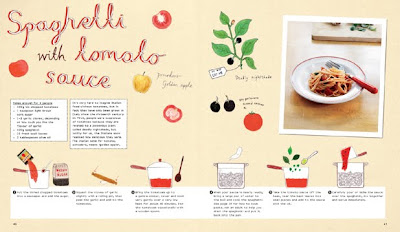
The recipes cover a range of things, from classics like spaghetti and tomato sauce to risotto and caprese salad (which I noticed was light on the basil -- definitely something that would have a high ick-factor for my kids). But it also covers snacks , lunches, and, most importantly, desserts. I liked that it wasn't gimmicky -- no cartoon characters, no celebrities, just yummy food.
 I can't vouch for the recipes, whether they work or taste great, but they look yummy and I am itching to try them. This strikes me as a great gift for a child who's just old enough to truly help out in the kitchen and is eager to make stuff herself (or himself, for that matter). It might also be fun as a summer project, teaching your child or children to make a few things that fall within their ability level.
I can't vouch for the recipes, whether they work or taste great, but they look yummy and I am itching to try them. This strikes me as a great gift for a child who's just old enough to truly help out in the kitchen and is eager to make stuff herself (or himself, for that matter). It might also be fun as a summer project, teaching your child or children to make a few things that fall within their ability level.
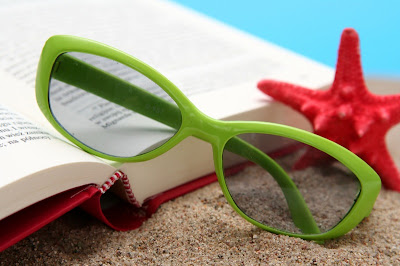



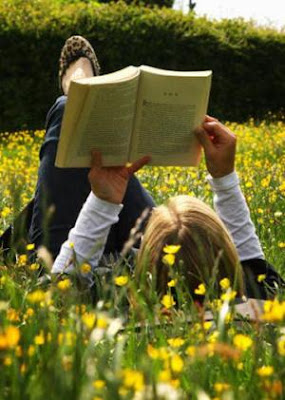




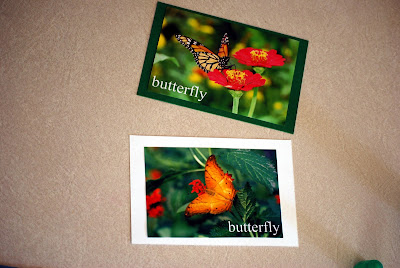

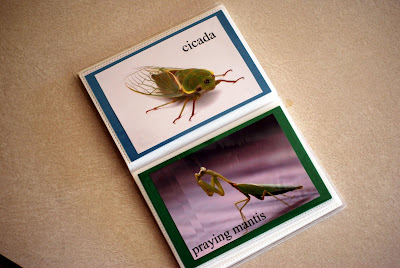







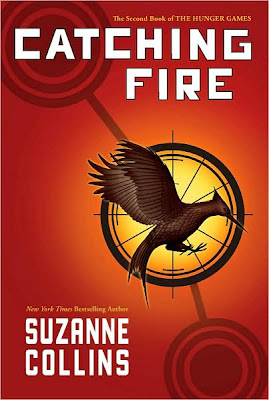
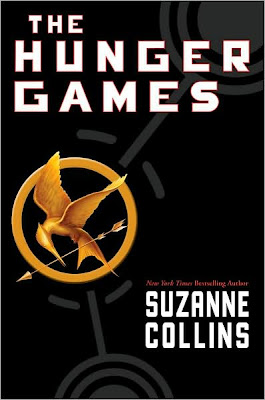





 The second book, Catching Fire, which deals with uprisings throughout the districts, is even more absorbing than the first, which makes it breathtakingly good. Unfortunately, I now have to wait until August -- AUGUST! -- for the third book,
The second book, Catching Fire, which deals with uprisings throughout the districts, is even more absorbing than the first, which makes it breathtakingly good. Unfortunately, I now have to wait until August -- AUGUST! -- for the third book, 


 Can it be taught? Kind of. You can't really force someone to have a realization, an a-ha moment. But, it can be encouraged and it can be modeled. By helping kids develop the other six habits, you increase their chances of achieving the a-ha moment. And when you're reading something to them, particularly something longer and more complex, modeling your own a-ha moment is helpful. It tells kids that this is what they're shooting for, this is desirable behavior, a desirable result, of reading.
Can it be taught? Kind of. You can't really force someone to have a realization, an a-ha moment. But, it can be encouraged and it can be modeled. By helping kids develop the other six habits, you increase their chances of achieving the a-ha moment. And when you're reading something to them, particularly something longer and more complex, modeling your own a-ha moment is helpful. It tells kids that this is what they're shooting for, this is desirable behavior, a desirable result, of reading.
